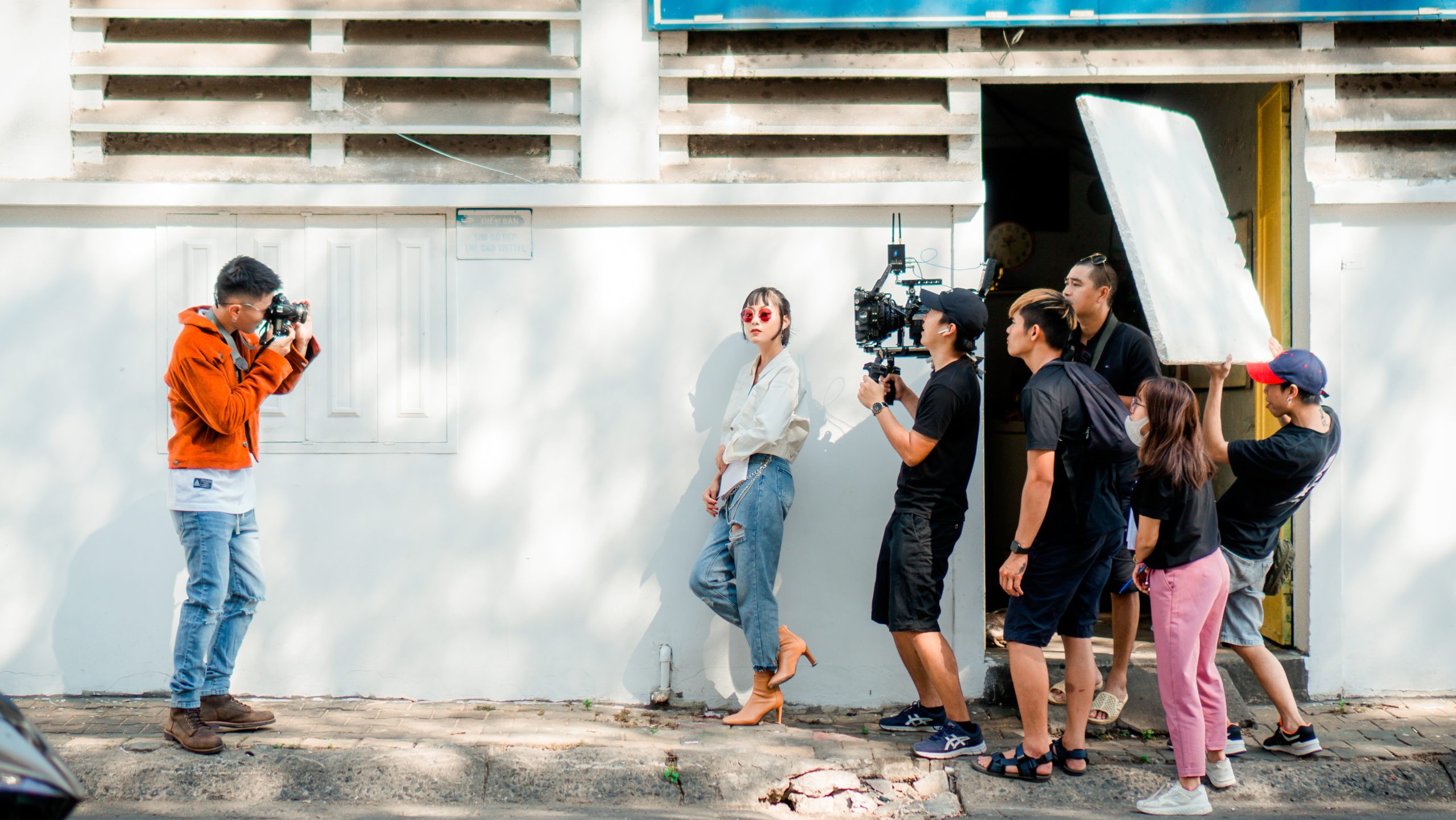Making a film is not an easy task. It takes a lot of skill and knowledge to create a successful movie. If you’re just starting out in the filmmaking world, it’s important to know the basics and build on them as you go. In this blog post, we’ll look at the top five filmmaking techniques that every filmmaker needs to know. These techniques have been used by some of the best filmmakers in the industry and will help you create professional-looking films. So read on to find out more about the essential filmmaking techniques you need to know!
1. Shot Composition
Filmmaking is a way of bring up your thoughts to the world and a key technique to master is shot composition. Shot composition is how you frame each shot and what elements are included in the frame. It’s important to consider the movement of the camera, the placement of characters and objects, the angles of the shots, and even the lighting of the scene to make your shots as dynamic and powerful as possible. When combined with other elements of filmmaking, shot composition can help you tell a story in a visually engaging way.
2. Camera Movement
When it comes to camera movement, there are a few techniques that filmmakers can utilize to create unique shots. The most common type of camera movement is panning, where the camera moves horizontally or vertically across a scene. This technique is often used to follow an action, or to give the viewer a sense of scope or scale. It can also be used to emphasize certain objects or people within a scene.
The tracking shot is another type of camera movement that involves the camera following the subject or action in a scene. Tracking shots provide the audience with an intimate look at the characters, allowing them to connect with them on an emotional level.
In addition to panning and tracking shots, dolly shots are often used to add dynamism to a shot. A dolly shot is when the camera moves towards or away from a subject while it’s filming. This technique adds tension and suspense as well as creates movement in otherwise static scenes.
Finally, crane shots can be used to create a sense of grandeur or epicness. Crane shots involve the camera being suspended above a scene, either raised or lowered, to capture an overview of the action. This technique can be used to set the tone for a scene or to show the relationships between characters in a single shot.
3. Lighting
1. Three-Point Lighting: One of the most common and important lighting techniques used in filmmaking is three-point lighting. This technique consists of three separate lights – a key light (or main light), a fill light, and a backlight – positioned around the subject in a triangular shape. This allows you to control the brightness of the subject while also controlling shadows and highlights to create a sense of depth in the scene.
2. Soft Lighting: Soft lighting is great for creating a relaxed, dreamy atmosphere. It helps soften hard edges in a shot and creates a subtle, ambient feel. This type of lighting is usually achieved by using diffused or bounced light sources such as umbrellas, softboxes, and flags.
3. Rim Lighting: Rim lighting is a great way to highlight certain elements in a shot while adding dimension to the scene. It involves positioning a light behind the subject and pointing it towards the camera. This technique adds depth to the scene by creating a rim of light around the subject.
4. Low Key Lighting: Low key lighting is great for creating a dark and moody atmosphere in a shot. It involves using minimal light sources and low illumination levels, typically from one or two key lights placed at 45-degree angles on either side of the subject.
5. High Key Lighting: High key lighting is great for creating bright and airy shots. It involves using several light sources placed close together to create an even spread of illumination across the entire frame.
By mastering these five lighting techniques, you can ensure that your shots are always visually stunning and captivating!
4. Sound
1. Record on Location: Whenever possible, try to record sound on location instead of relying on post-production sound design. This will give your scenes a sense of realism and authenticity, as well as helping you to capture natural sounds like dialogue and atmosphere.
2. ADR: ADR stands for Automated Dialogue Replacement and is an important tool for any filmmaker. So If you’re unable to record dialogue on location then you can use ADR to add extra dialogue.
3. Foley: By using everyday objects such as bottles, rocks and fabric, foley artists can create realistic sound effects that add depth and realism to your film.
4. Music: Choose music that compliments your visuals and story, and use it sparingly for maximum impact.
5. Mixing: Mixing is the final step in the sound design process. This involves balancing all of the elements together in order to create a cohesive and immersive soundscape for your film. Proper mixing will help to ensure that your sound is as powerful and effective as it can be.
By mastering these five techniques, you’ll be able to use sound effectively in your films and create powerful and immersive audio experiences for your viewers.
5. Editing
The last but not least important filmmaking technique that every filmmaker needs to know is editing. Editing is the process of arranging shots, sound, and graphics into a cohesive whole. It is also what gives your film its unique style, rhythm, and energy. If done properly, editing can take your film from good to great.
Some of the most popular techniques include jump cuts, montages, match cuts, and fades. Experiment with them and find what works for you.


